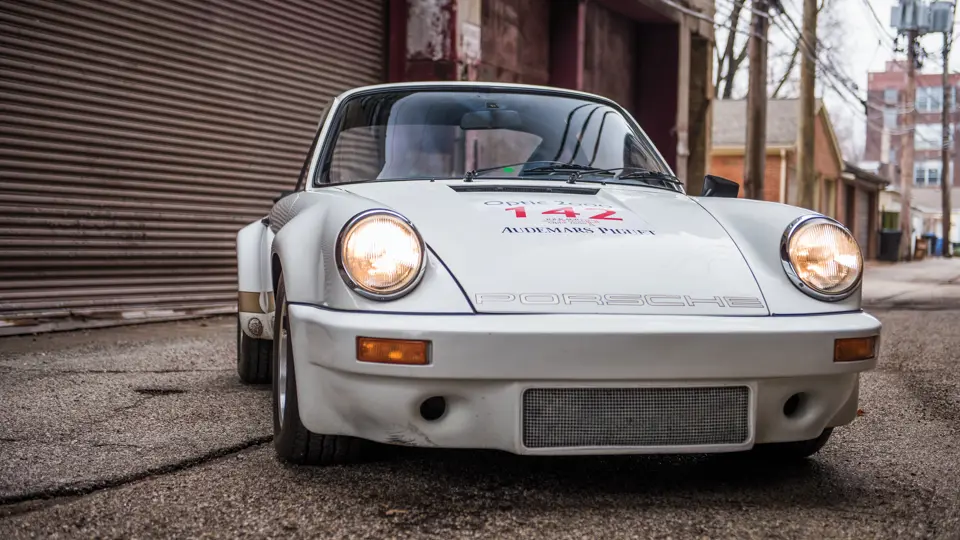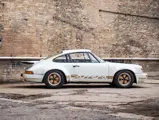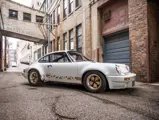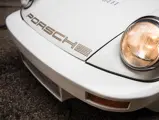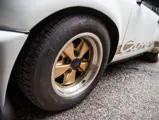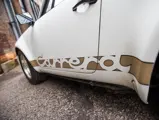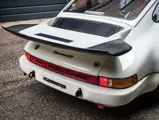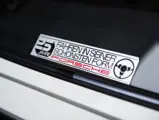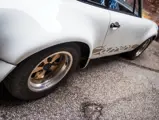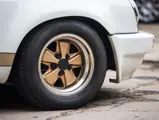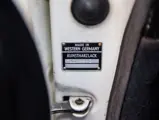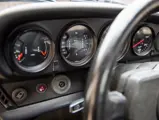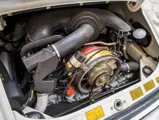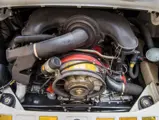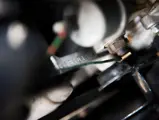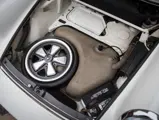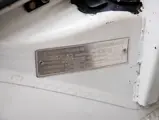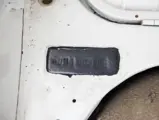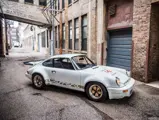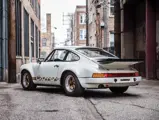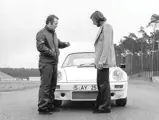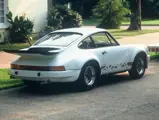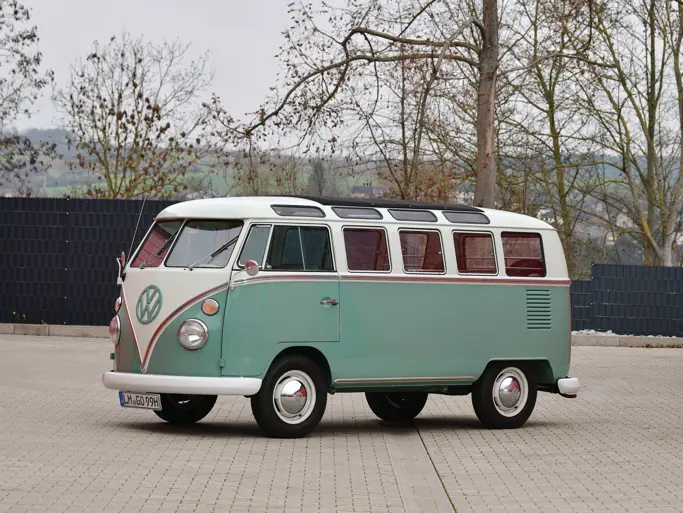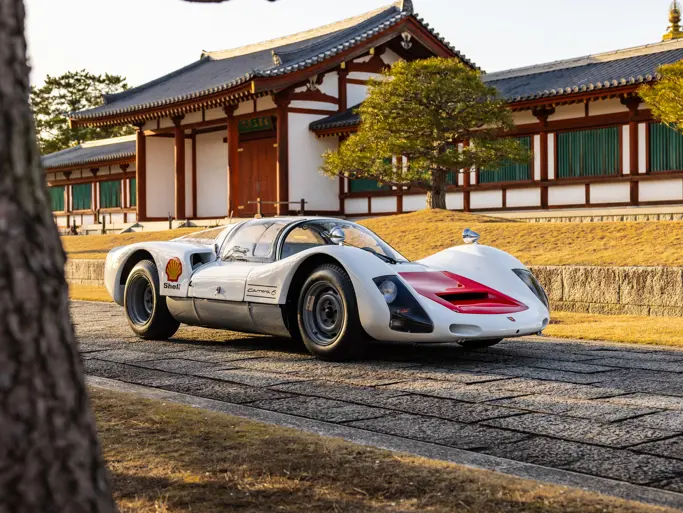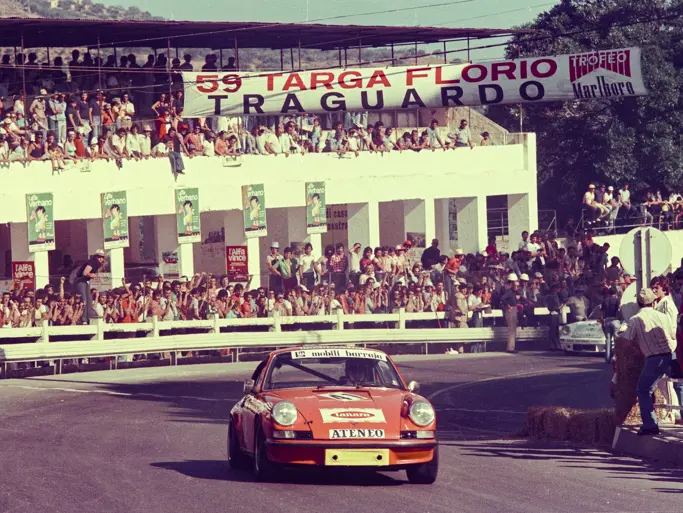
1974 Porsche 911 Carrera RS 3.0
{{lr.item.text}}
$1,375,000 USD | Sold
Offered from a Private Collection
{{bidding.lot.reserveStatusFormatted}}
- Offered from a private collection
- One of only 55 examples built
- Originally used as a factory demonstration car
- Documented provenance; only four owners since new
- Highly original condition, including engine and gearbox, and original paint
- Ideal for vintage driving events, PCA meets, and Rennsport celebrations
- Rare privateer model built to homologate the mighty Carrera RSR
230 bhp 2,995 cc SOHC air-cooled horizontally opposed six-cylinder engine with Bosch mechanical fuel injection, five-speed manual transmission, independent front suspension with Bilstein gas-pressurized shock absorbers, torsion bar rear suspension with Bilstein gas-pressurized shock absorbers and anti-roll bar, and four-wheel ventilated disc brakes. Wheelbase: 89.3 in.
In early 1973, Porsche poured newfound competition resolve into the 911 platform by building the 2.7-liter Carrera RS, a homologation special that allowed them to race a 2.8-liter Carrera RSR under the factory banner. A year later, Stuttgart used the same basic approach to homologate a 3-liter RSR factory race car. But while the 1973 Carrera RS was built in an unexpected tide of 1,580 examples, the 1974 Carrera RS 3.0 was manufactured in a comparatively small run of just 55 cars.
In addition to receiving a larger 3-liter engine displacement, the former type 911/72 engine was upgraded with new cylinder heads with larger inlet ports, and larger inlet and exhaust surfaces for the valve heads. Cars specified for Group 4 regulations also received twin-plug ignition. Most significantly, the crankcase material was switched from pressure-cast magnesium to a more durable die-cast aluminum alloy. With such bullet-proof construction, the motor could be race-tuned to develop as much as 330 horsepower, though in standard street guise the RS 3.0 put out around 230. Such power propelled the low-weight car to 60 mph in 5.5 seconds and a top speed of 155 mph.
The 3.0’s chassis was essentially that of the prior 2.7-liter version, though the rear torsion bars and anti-sway bars were reinforced, the Fuchs wheels were widened by an inch at front and rear, and the ventilated disc brakes were derived from the legendary 917 race car. The bodywork was also modified, incorporating elements of the 2.8 RSR factory racer, as well as paneling from the concurrent model-year G-Series. Features included a deeper front bumper to accommodate a larger oil cooler, wider front and rear fenders, thin-gauge steel paneling and thin-gauge glass, and a large rubber-edged whale tail to replace the 2.7’s ducktail.
Despite being a precursor to the factory-campaigned 3.0 RSR, the Carrera RS 3.0 still made a competition impact, including a 12th-overall finish at the 1974 24 Hours of Le Mans. Particularly rare among the 1970s Porsche homologation specials, the powerful Carrera RS 3.0 has evolved into one of the marque’s most collectable 911-based race cars, as an indelible link in the 911’s legendary competition evolution.
This rare Carrera RS 3.0 claims the unusual distinction of being a former factory demonstration car that was used to sell the model to potential customers. One of those same customers went on to own the car later in its life, helping to document a fascinating back-story. Chassis 4609106 is one of 55 examples built. John Starkey’s book on the subject, The Racing Porsche: R to RSR, states that this 911 was officially listed as Vorführwagen (demonstration car), which is confirmed by then Porsche test driver, Jürgen Barth.
When the Carrera RS 3.0 model was announced to the press in early 1974, a Porsche dealer from Ohio named Charles Stoddard was in attendance at the world-introduction held at the Porsche factory in Germany. Given his interest in the model, Mr. Stoddard was granted a test run on the Hockenheimring with Jürgen Barth at the wheel, and the car used was 4609106, the example offered here. Stoddard had no inkling at the time that in a matter of years he would own the very same car.
Following its press release duties, the Carrera RS was distributed to Sonauto, the Porsche-owned importer for France. On 14 July 1974 the car was exported to the United States by its first owner Sydney Butler. He had the car flown to JFK International Airport (in the cargo hold of a 747) and then transported to his home in Memphis, Tennessee. After three years of enjoying the RS, Sydney offered the car in December 1977. Chuck Stoddard, who knew Sydney at the time, became aware of the RS’s availability and traded a new 1976 930 Turbo in exchange for the rare homologation special. On 19 December, the dealer officially purchased the car for himself from his own dealership, Stoddard Imported Cars, as reflected by an original Ohio title. At the time, the odometer displayed just 16,423 kilometers.
Mr. Stoddard pampered the rare Carrera RS, never exposing it to inclement weather, and fastidiously garaging and maintaining it as needed. After retaining possession for nearly 20 years, he sold the Porsche in November 1996 to Japanese collector Motoi Akaishi, and the car remained in Japan until January 2004, when it was purchased from Akaishi by the consignor, a respected collector based in Chicago. When re-imported to the United States in March 2004, the 911 still exhibited extreme originality, with the original factory-appointed white paint and gold-highlighted Carrera RS script showing beautifully, while the original 3.0-liter engine and transmission remained intact.
The consignor undertook a few measures to make the car more enjoyable in driving events, including replacing the clutch and rear shock absorbers, sound proofing the engine bay, lowering all four corners for a lower center of gravity, and mounting new Michelin XGT tires. In the interest of shoring up the car’s documentation, he contacted Mr. Stoddard and discovered the interesting factory demo history and established chain of ownership. In January 2012, the consignor applied for a FIVA passport, and the powerful RS 3.0 was subsequently driven on the famed Tour Auto Rally, a 2,500 kilometer journey through France. After completing the workout, the 911 was delivered to the Porsche specialists at the Autofarm in England for some of the aforementioned sympathetic mechanical freshening.
Currently displaying 29,279 kilometers, and poised for further driving use or exhibition at premium concours and PCA events, this rare and highly original Carrera RS 3.0 is a preeminent example. The car’s fascinating factory history and strong documentation of provenance make it a particularly desirable example of the rare 1974 homologation special, affording a unique opportunity for Stuttgart enthusiasts and 911 connoisseurs worldwide.

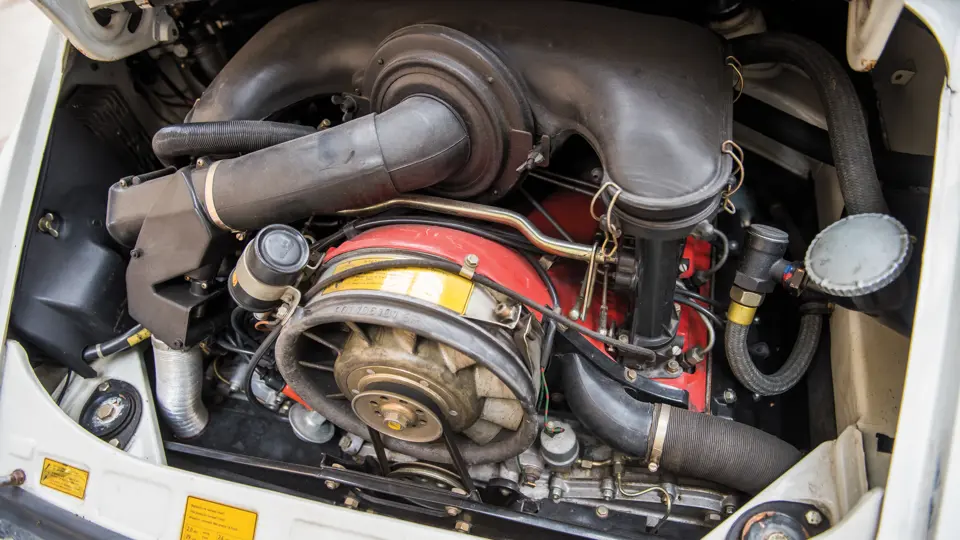


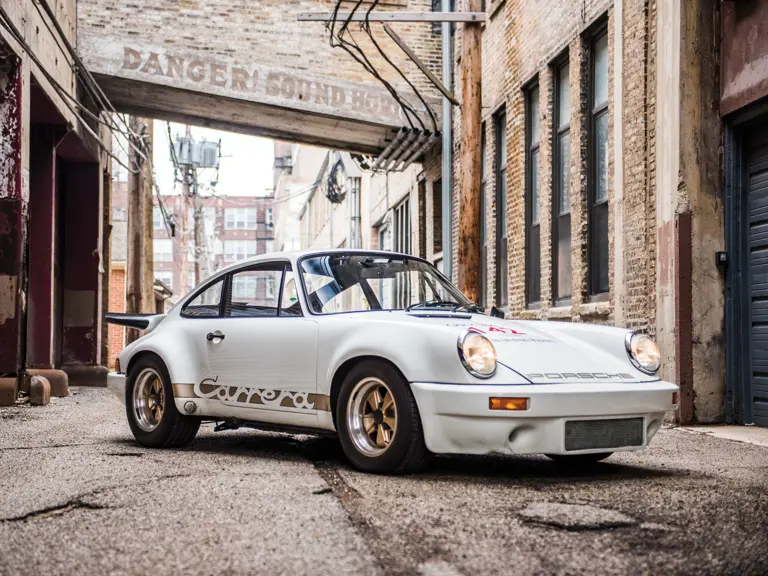
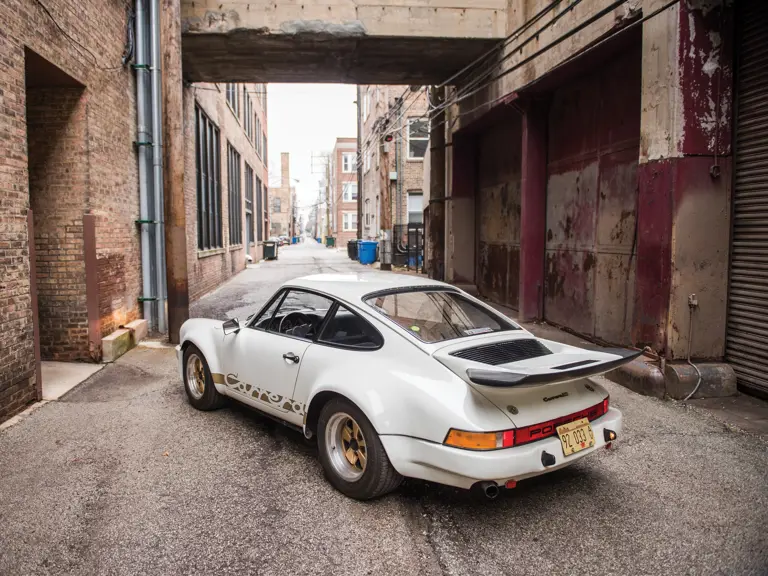

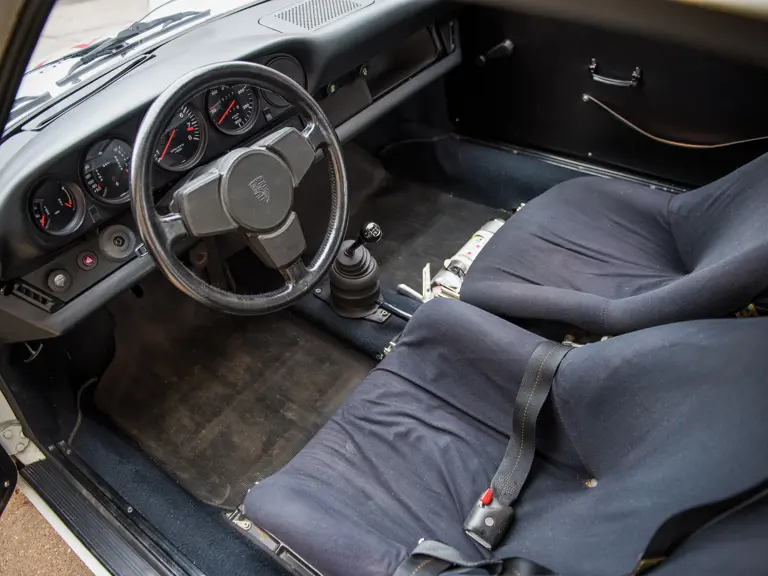
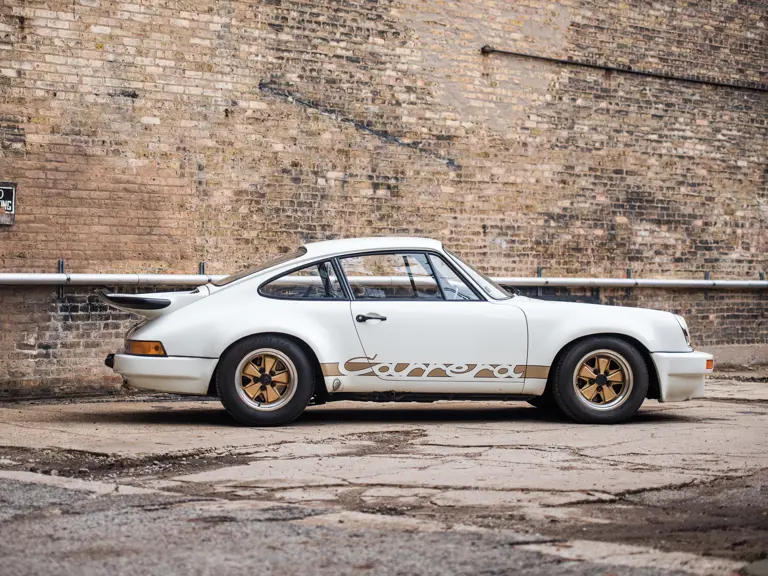
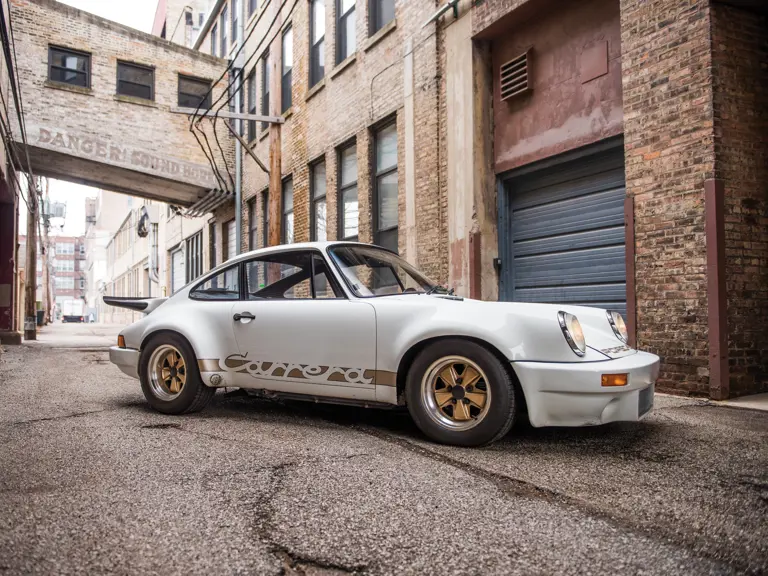
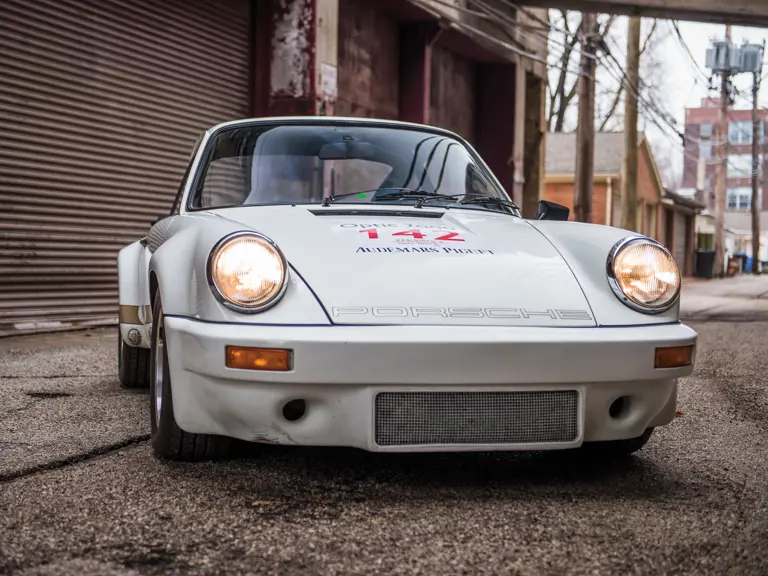


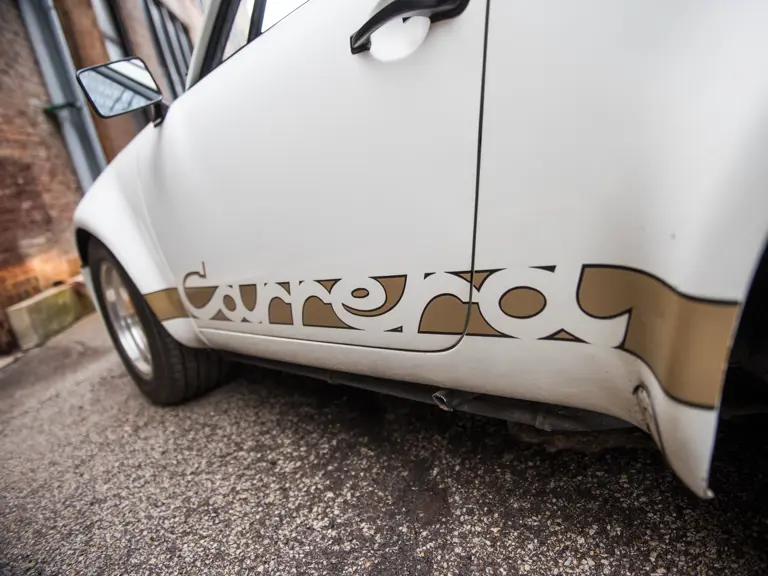



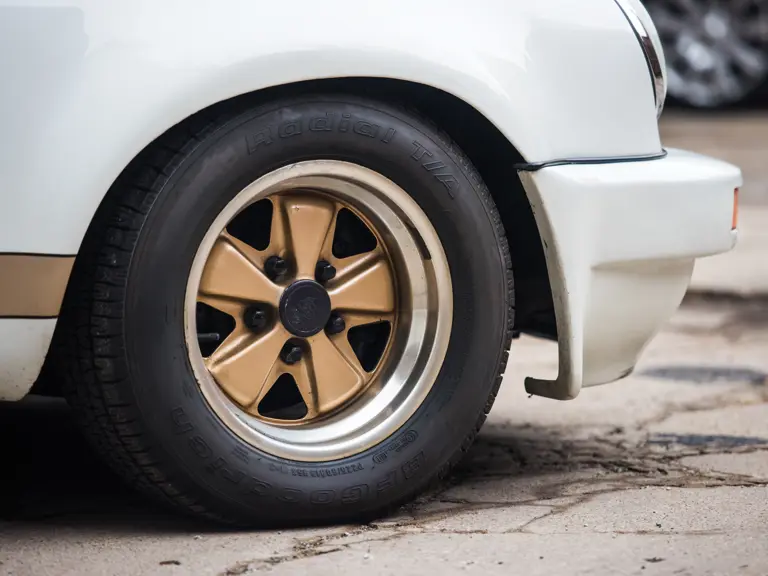
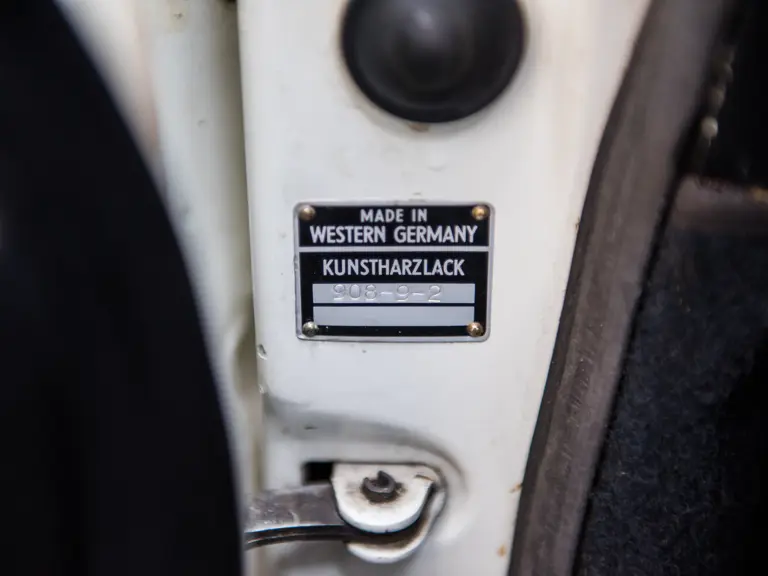
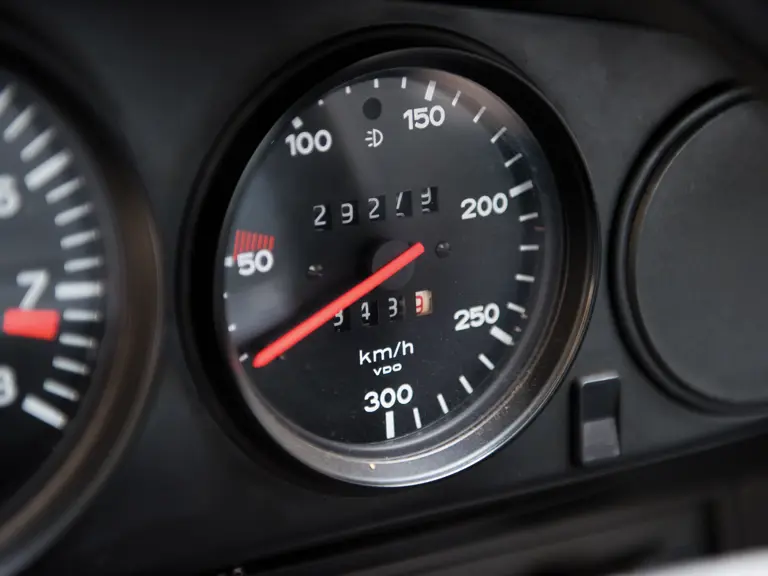

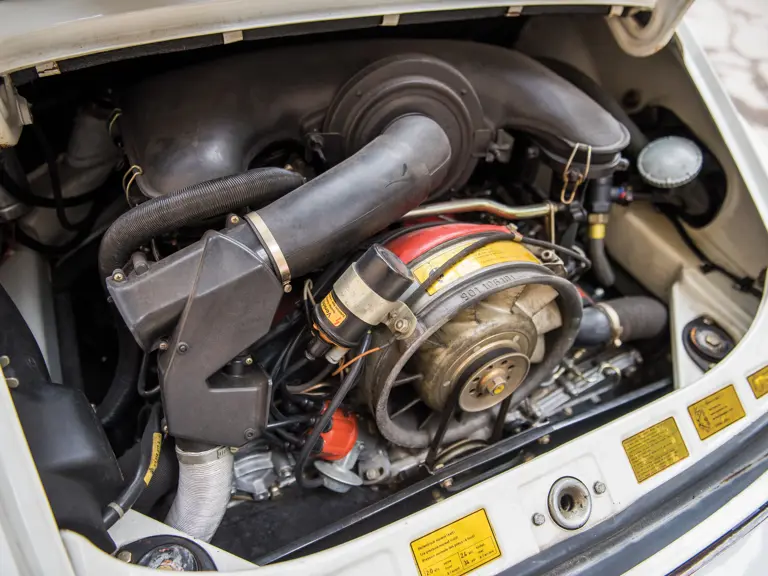
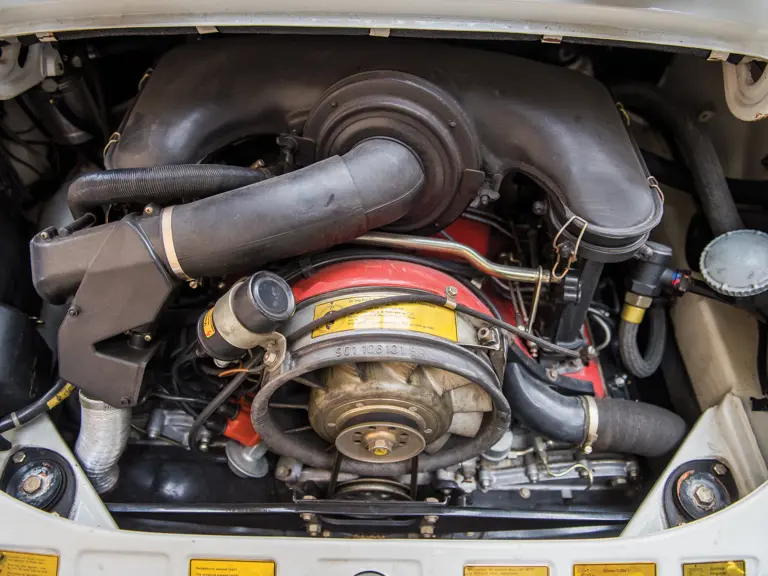
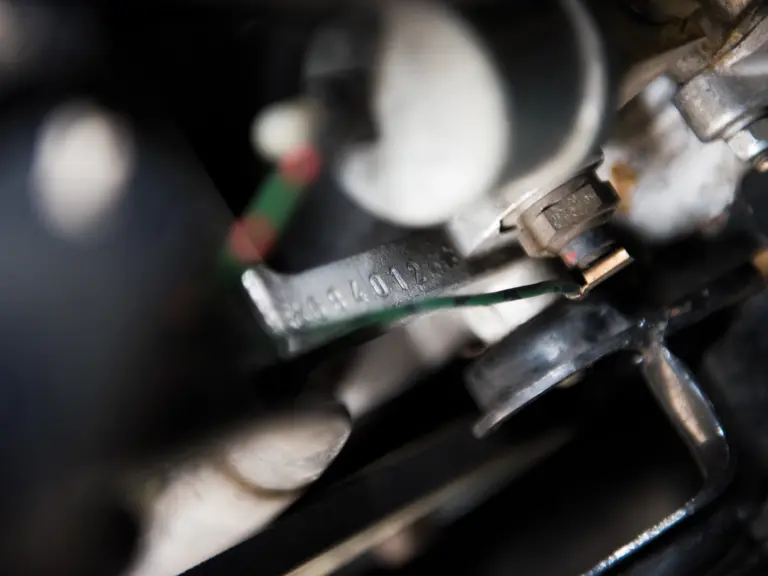
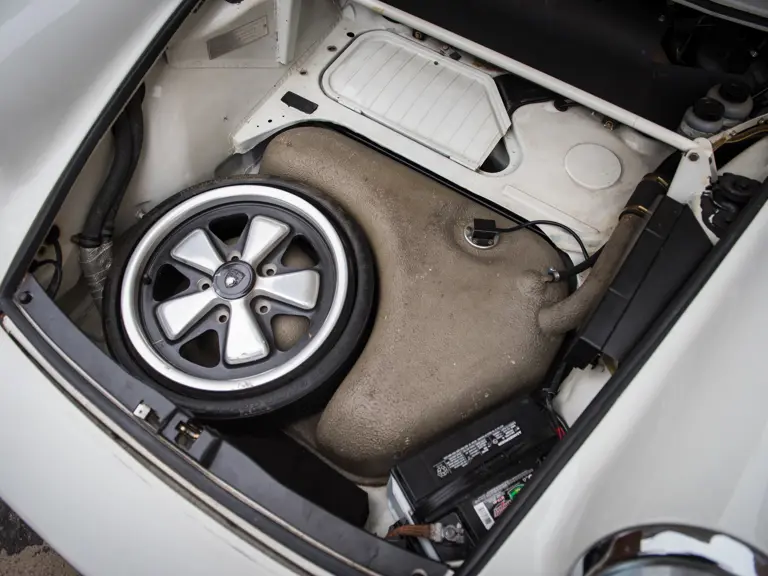




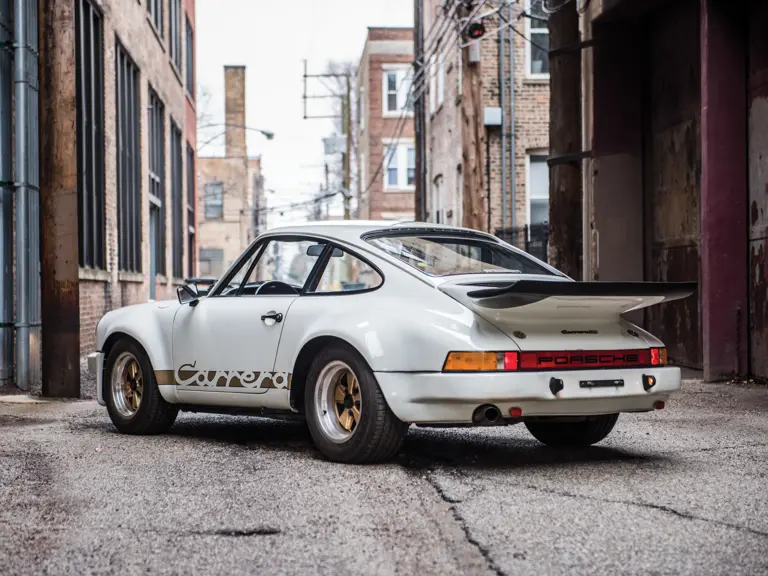
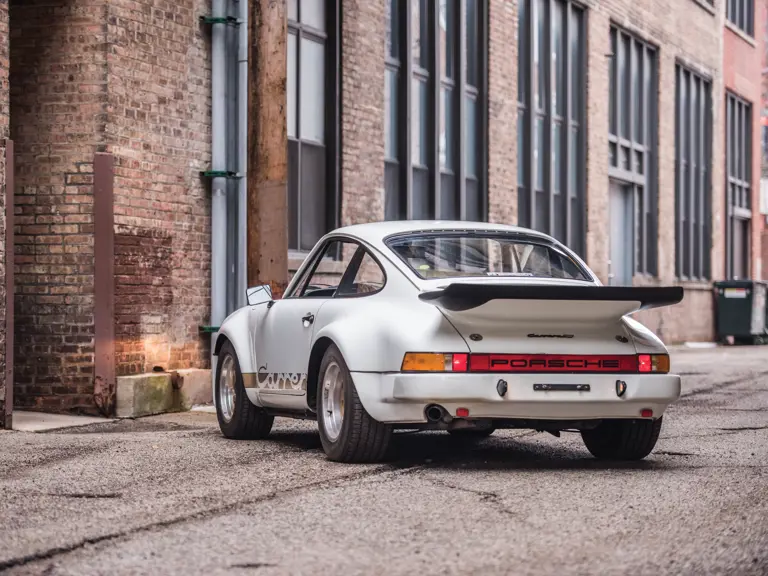
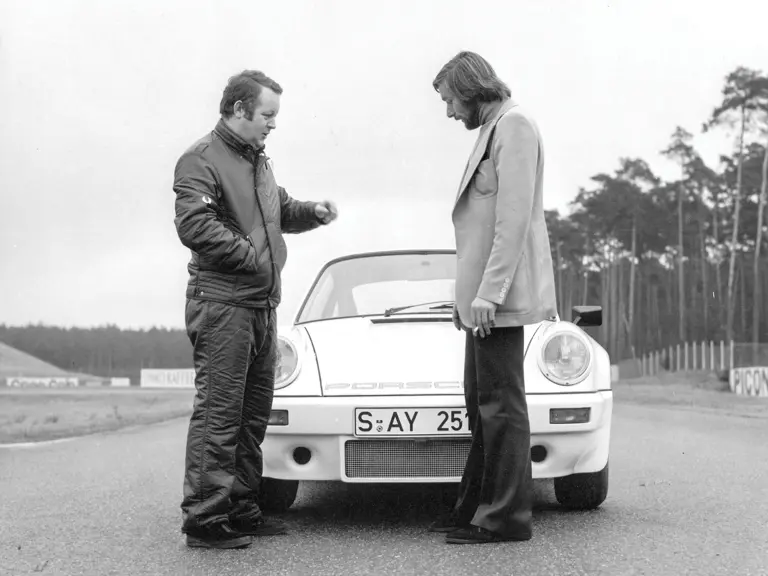

 | Amelia Island, Florida
| Amelia Island, Florida


